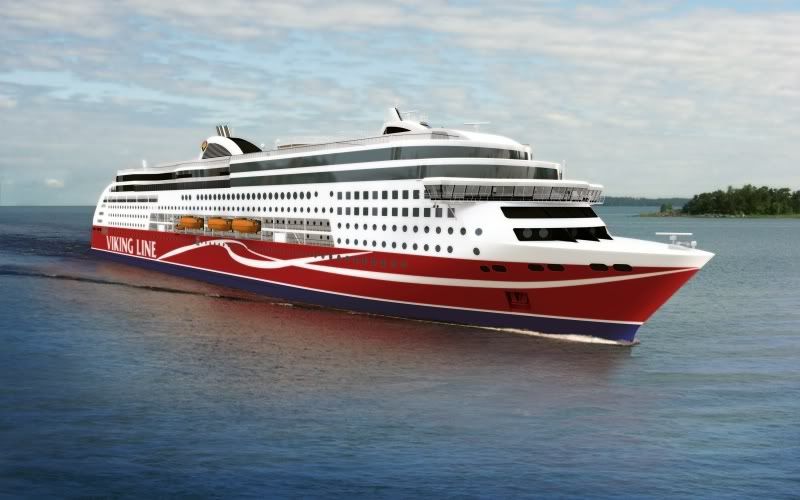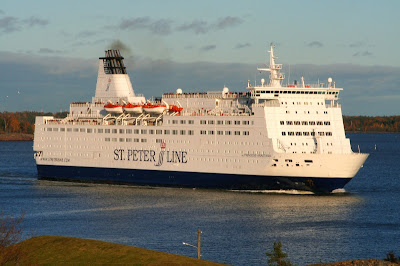I previously decided I would not comment on the subject of the
Costa Concordia sinking. Other blogs and websites have done an excellent job in conveying information about the disaster and I have felt it is unnescessary for me to waste my time in writing about the subject. But there is something about how people are interpretating this disaster I cannot ignore.
 |
| No more than 22 of the 4 211 people on the Costa Concordia perished in the accident. Photo of the Costa Concordia leaving La Goulette on 27 May 2009. More from the same day here. |
Many have compared the
Costa Concordia sinking into the
Titanic disaster. Which is perhaps natural, as the
Titanic is hugely well-known and we are in the year of the ship's 100th anniversary. But the
Concordia sinking is not "just like the
Titanic". Both were ships, both sank. That's about where the similarities end. People are also voicing the opinion that we have learned nothing about the
Titanic. But let's look at the numbers of both disasters:
 |
| The sinking of the Titanic started the process of ever-improving safety regulations and we see the fruits of those in the Costa Concordia accident. Public domain photo from Wikimedia Commons, author unknown. |
When the
Titanic sank, she was carrying 2 224 passengers and crew, of whom 1 514 perished. In other words, the fatality rate of the accident was 68,1%. (Numbers from
Wikipedia).
The current figures for the
Costa Concordia are that she was carrying 4 211 people, of whom six are known to have died and 16 are missing. With the confirmed deaths this gives a fatality rate of 0,1%. If all the missing people are found dead, the fatality rate rises to 0,5%.
From 68 % dead to 0,5% dead in a hundred years is not "learning nothing". That's one hell of an improvement. Now I admit that the conditions on the icy North Atlantic in 1912 were quite different from the sunny Mediterranean in 2012. I'm also not saying that 0,5% is an acceptable rate of loss. Even one death is too much. Never the less, to say that we have learned
nothing is hardly fair. That said, there is room for improvement, and the
Costa Concordia's crew could have done better.
A very similar accident happened in 2007 to the
Sea Diamond (ex-
Birka Princess) near Santorini, Greece (and incident almost everyone seems to have forgotten in just five years). The
Sea Diamond hit an uncharted reef and sank. There were 1195 passengers and circa 400 crew onboard (sadly I could not find the exact crew figures). Two people perished. By the earlier math, that gives a fatality rate of 0,1%. In other words, no improvement from the
Sea Diamond to the
Costa Concordia. And bear in mind that the
Sea Diamond was built in 1986, 21 years old at the time of the accident, contra the five years of
Costa Concordia. The
Concordia should have done better and there is clearly still room for improvement in SOLAS regulations. Not to mention in the common sense of Italian ship captains.
 |
| I apologise for the poor quality of the image, this is my only photo of the Birka Princess, to-be-Sea Diamond (that doesn't feature my fingers), taken in Stockholm in the mid-90s. The ships forward and aft superstructure were later quite radically rebuilt. |
But getting back to the point of this text: maritime safety has improved by leaps and bound in the last century. We still have accidents (mostly due to human error) and we will probably always have accidents. But in 1912 over half of the passengers perished. In 2012
one in two hundred perished. That is progress.
[Edit 17. 1. 2012:] Number of people missing from the
Costa Concordia is now given as 29 as opposed to the 16 at the time of writing. With the confirmed deaths plus 29 missing, the current highest possible fatality rate is now 0,8%. Which is still low, but notably worse than on the
Sea Diamond.

















































